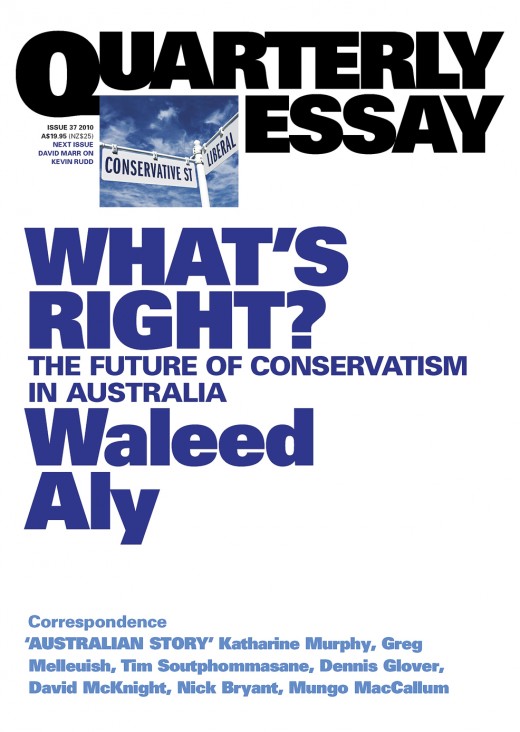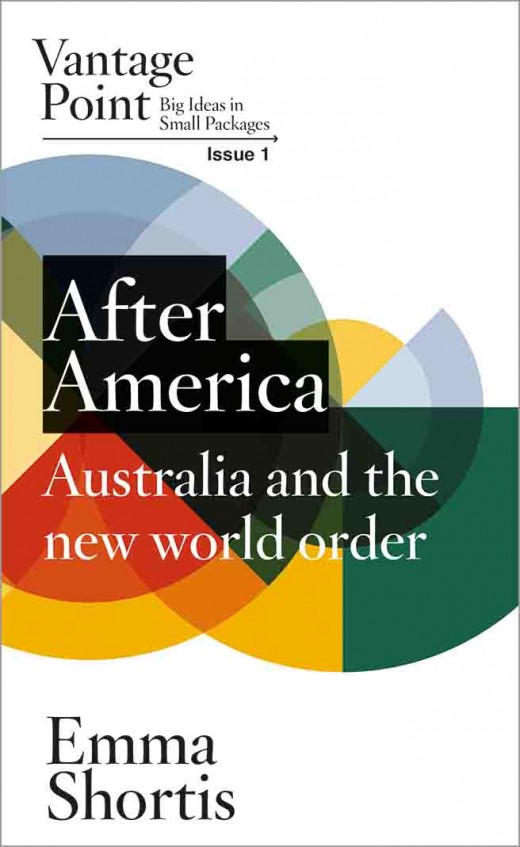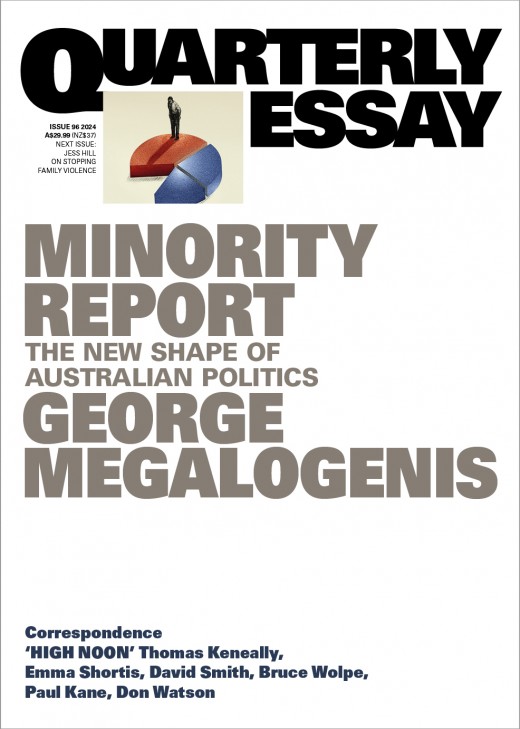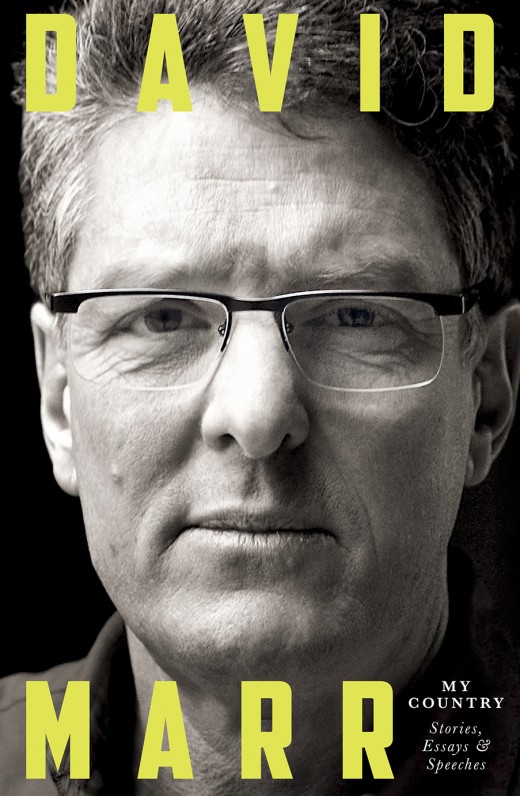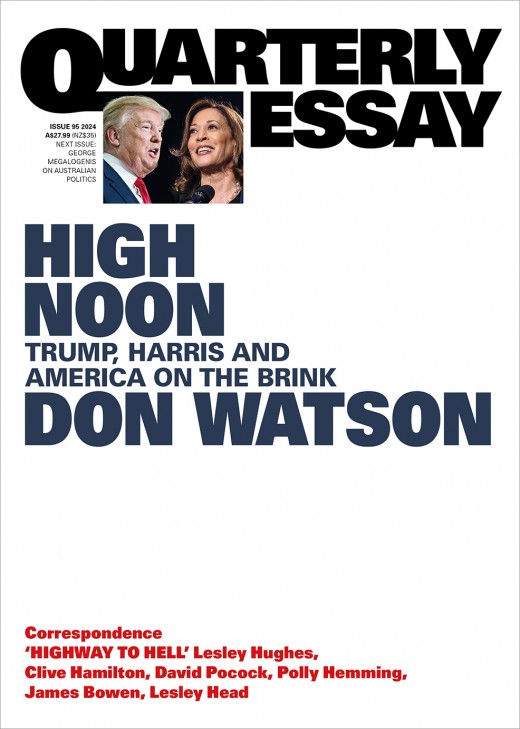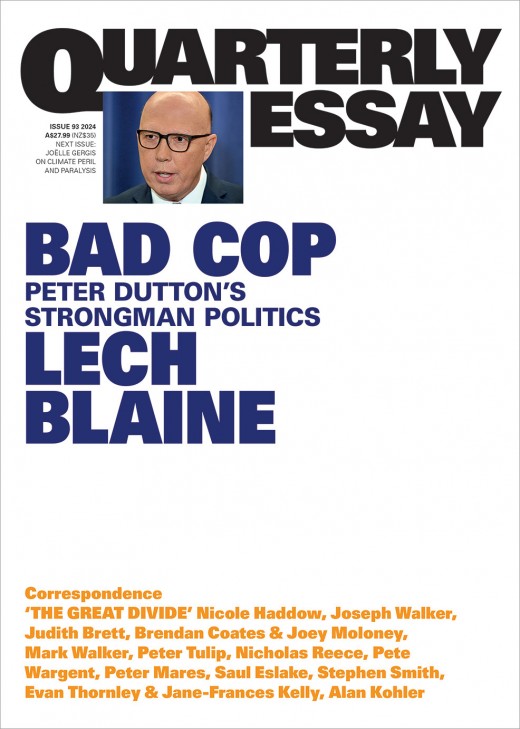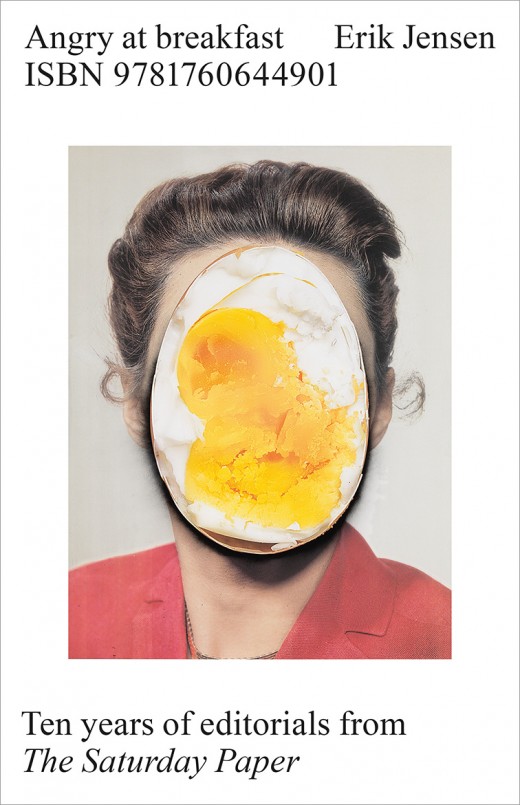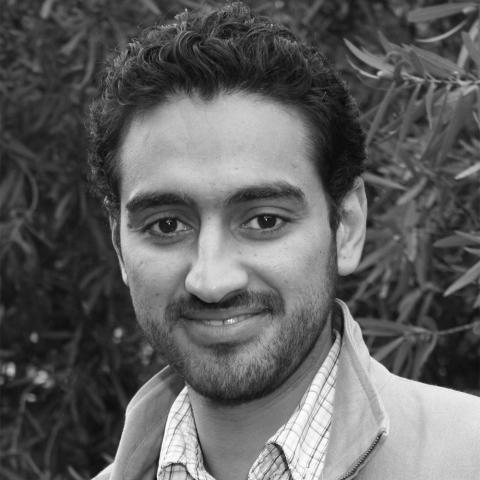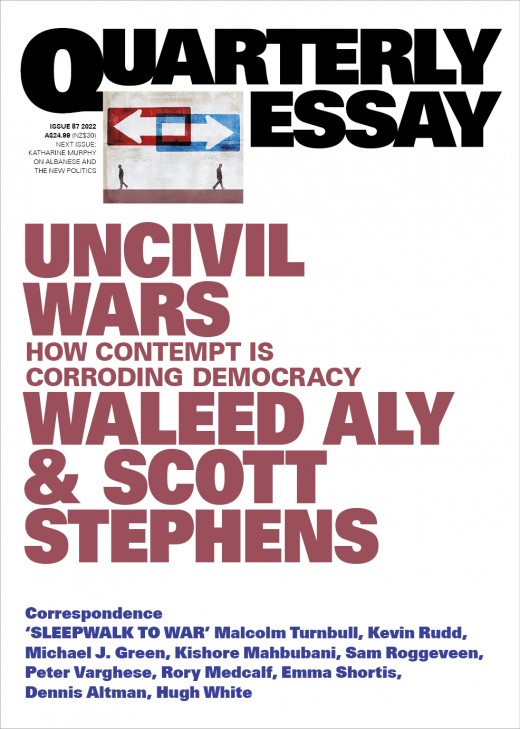Books > Imprint: Quarterly Essay > Politics & Government
What's Right?: The future of conservatism in Australia
Waleed Aly begins by unravelling the terms “Right” and “Left,” arguing that these have become meaningless. Conservatives no longer seem to have a compelling vision of the future. How did the Right end up in this state? How might conservatism renew itself?
Where did the Right go wrong? With the departure of George W. Bush and John Howard, conservative parties in the US and Australia entered a period of turmoil. Foreign affairs, economics, the environment – all were issues to be avoided. Most profoundly, conservatives no longer seemed to have a compelling vision of the future – and arguably still don’t. How did the Right end up in this state? How might conservatism renew itself?
In this illuminating essay, Waleed Aly begins by unravelling the terms “Right” and “Left,” arguing that these have become meaningless. He contends that conservative parties have backed themselves into a corner by embracing free-market extremism, and that an illiberal social politics – including prescribing who or what is Australian – is not the answer, electorally tempting though it may be.
Aly discusses what a better conservatism might look like. He predicts that the key issues of the day, such as climate change and the financial crisis, mean a reactionary brand of politics is unlikely to work because public opinion is swiftly leaving it behind. He draws on the work of conservative thinkers, past and present, to sketch the kind of conservatism that seems scarce in Australia, but which would be a welcome presence here. This is a supple, clear and original argument for political change.
“Our political discourse is drenched in Left and Right because it is so deeply impoverished. These terms are the hallmark of a political conversation that is obsessed with teams and uninterested in ideas.” —Waleed Aly, What's Right?

